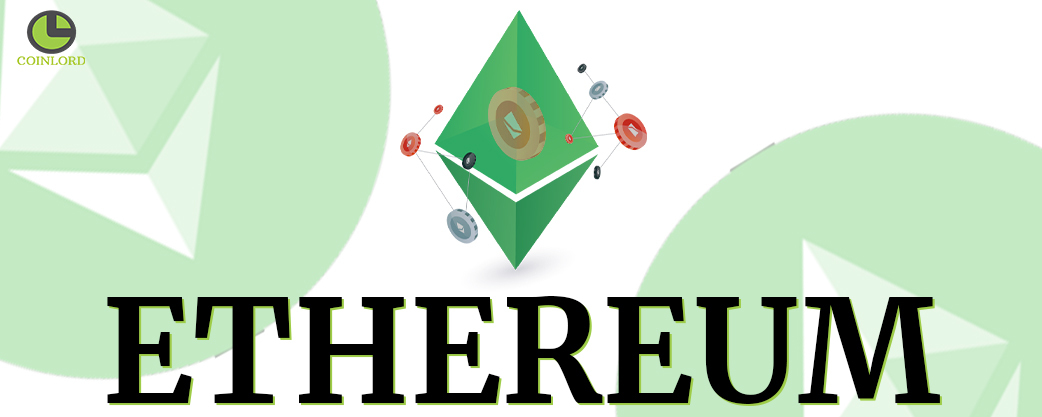
Introduction
With the advent of Bitcoin, the world learned about cryptocurrencies(Link) based on blockchain technology(link). The world started using a new form of digital currency and more research on blockchain technology.
Cryptocurrency started gaining popularity, and more developments took place in the crypto market. New crypto coins emerged in the market. Ethereum leapt the utilisation of blockchain technology through smart contracts and tokenising anything digitally like artwork or physical real estate. Ethereum blockchain technology was designed in such a way that it had the capability of creating and running such things on its blockchain. The jargon like smart contracts, tokens, and Dapps(Decentralised applications) will be explained later on
Ethereum is a different form of crypto currency which has brought significant developmental changes to the crypto market. To study Ethereum is like opening up Pandora's box. However, we will try to understand the Ethereum concept and an overview of it.
What is Ethereum
Ethereum was the brainchild of Vitalik Buterin, who was of the opinion we could use blockchain not only for cryptocurrency we can use it for other purposes as well. The conceptualisation of Ethereum happened in 2013, development started in 2014, and operationalised in 2015.
Let us talk about the capabilities of this open-source blockchain-based platform and dive deeper into the subject matter. Unlike Bitcoin, which is only used for financial transactions, Ethereum has many advantages.
Smart Contract
Nick Szabo coined the term smart contract. Principally, it is a computer code that runs on the blockchain and guarantees to produce or execute intended results in a trustless environment. To put this in context, take the example of Vending Machine; we insert the intended amount of coins and get the respective item. This trust-building mechanism is replicated in the digital world through codes and programmes developed through software and hardware system. Take the example of a fruit wholesaler and a fruit trader comes into a smart contract. Both of them entered into a smart contract through blockchain technology. The contract is programmed with certain conditions like delivery of fruits within the temperature ranging between so and so, which prevent fruits from getting rotten. The fruit delivery truck will be installed with an IoT(Internet of Things) device connected through blockchain technology. The IoT device will give information to the blockchain. If the condition is fulfilled, the said amount will be transferred to the concerned party automatically by the blockchain, and if the condition is not met, the payment will not go through. To operationalise the smart contract, both parties have to deposit the said amount beforehand.
Decentralised Applications
As the name suggests, Decentralised applications mean applications with no centralised authority or system to govern. We have witnessed data privacy leakage by the central administration of their users. Therefore, to eliminate such data and privacy breach threats, developers are programming applications based on blockchain technology applications such as Decentraland, Panda Earth, etc.
Non Fungible Tokens
Tokenising all the physical assets digitally with the help of blockchain technology has become very easy. All the digitised tokens are non fungible in nature, meaning they are not interchangeable with other items because they have unique properties.
Artists and celebrities are tokenising their art, photos, and work digitally; for instance, Amitabh Bachhan, Yuvraj Singh, Snoop Dog and Paris Hilton have introduced their NFTs in the market. The token buyer owns the token he bought but does not have the right to license, commercially exploit, reproduce, distribute, prepare derivative works, publicly perform, or publicly display the NFT or the music or the artwork. NFTs are helping artists and celebrities to sell their work easily. Many tokens are built on Ethereum technology. There are different standard technologies on which these tokens are based. The majority of tokens are based on ERC 721.
Decentralised Autonomous Organisations
Imagine an organisation with no human being at the managerial level and entirely runs on open-source code. It is an organisation built by rules encoded as a computer program. Controlled by the organisation's members and not by a centralised leadership or influenced by a central government. The primary motive of DAO is to create a trustworthy environment. It tries to eliminate any sort of illicit activity, unethical or harmful things which human intervention in an organisation can cause
First DAO was called TheDAO; it was created in April 2016; it acted as a venture capitalist based on the Ethereum blockchain network. The DAO was criticised for the loopholes which were present in its contract. Nevertheless, there are now several successful DAOs in the market with different purposes like Dash for Governance, fund allocation, Steem for data distribution and social media.
The above reading lets us understand the Ethereum technology
and its advantages. Ethereum blockchain is trying to upgrade its technology and
working Ethereum 2.0, which will be a topic of discussion in another article.